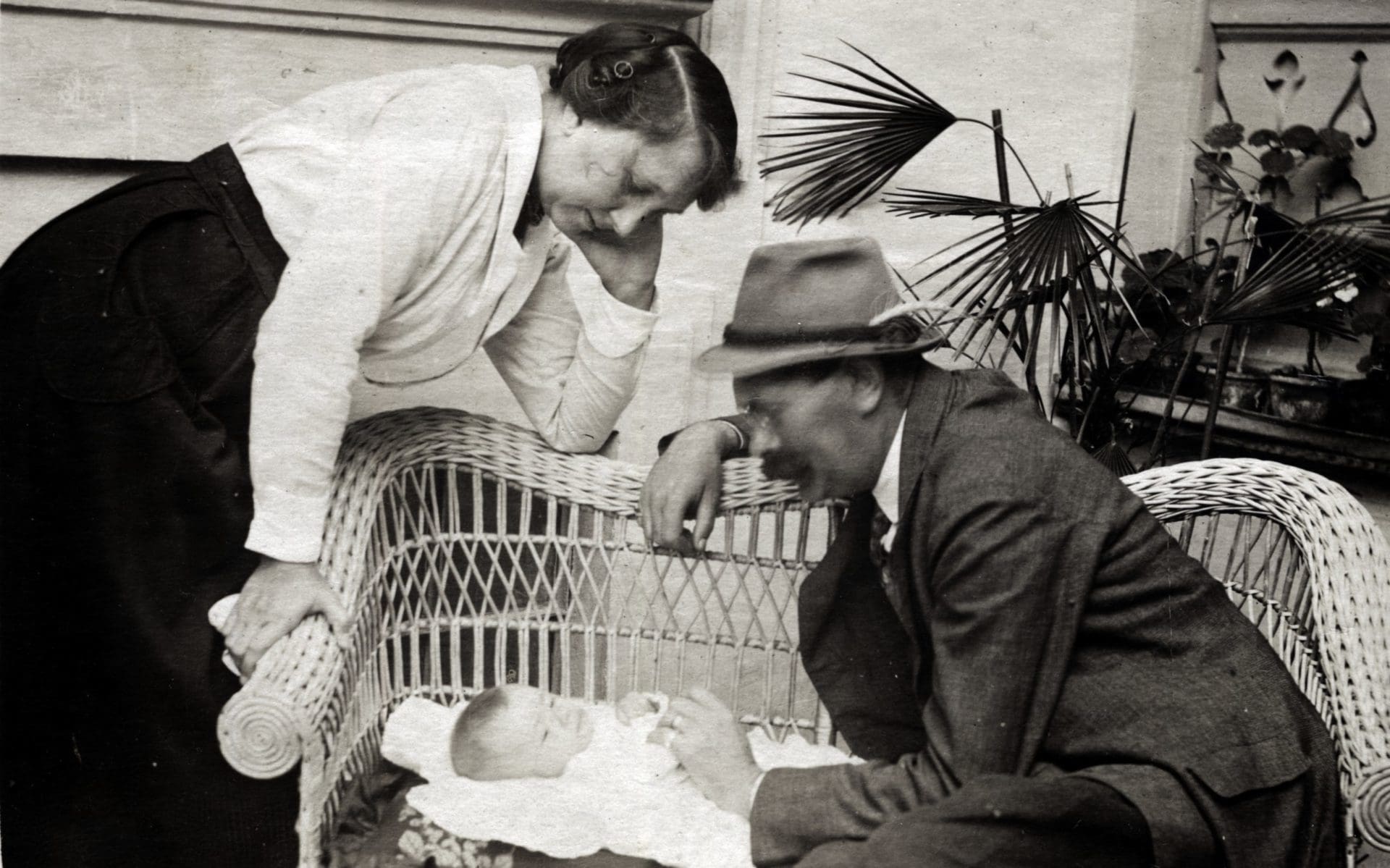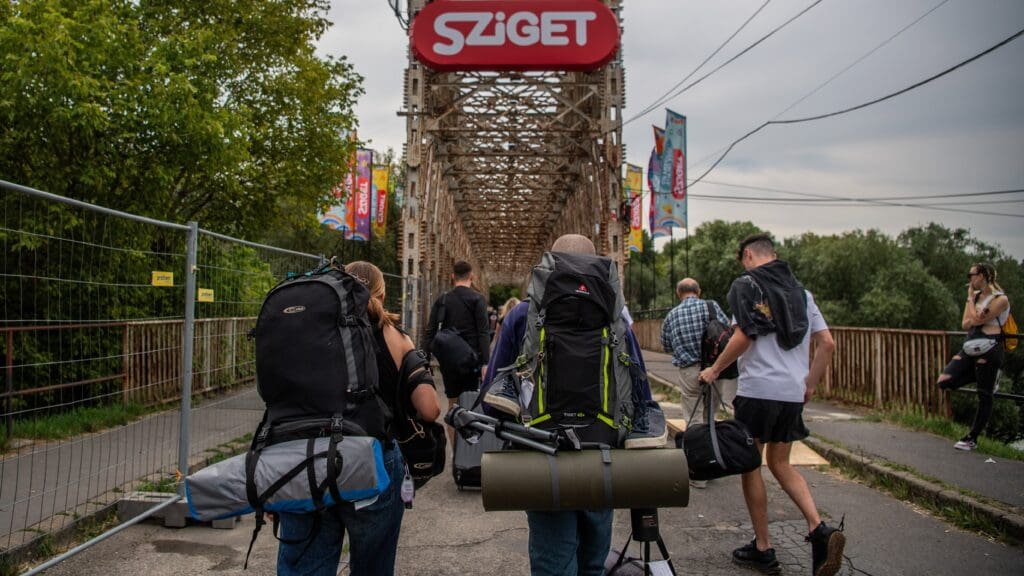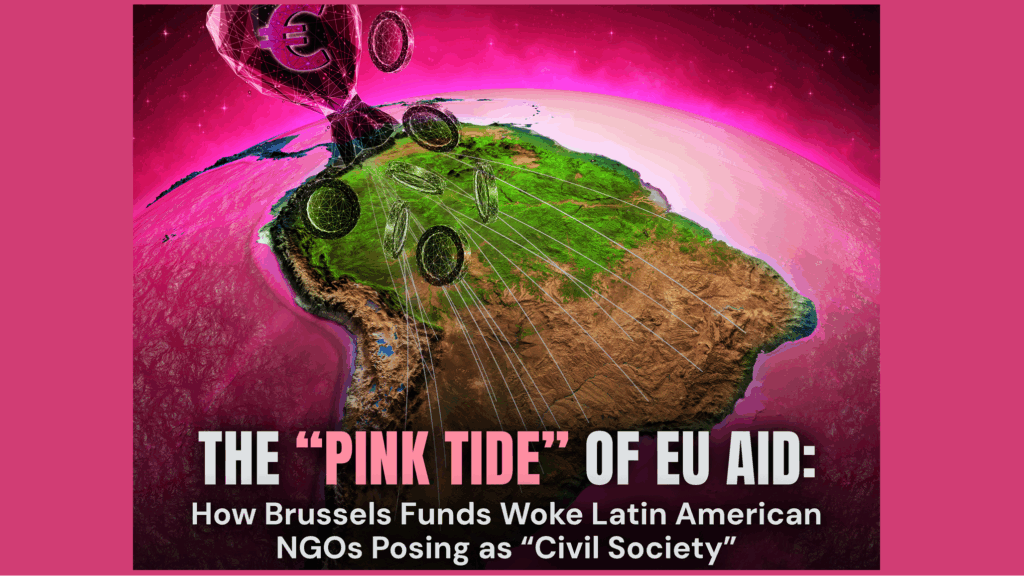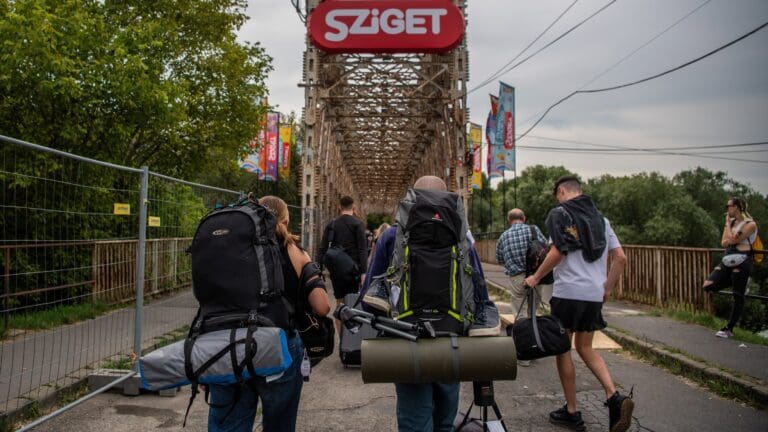In addition to prostitution and venereal diseases, the counter-revolutionary system identified as a serious threat to society the practice of “egykézés” (egyke meaning an only child), that is the growing trend among the rural population of Hungary of having only one male child, typical primarily in the counties of Somogy, Tolna and Baranya. This form of family planning was practiced with the use of condoms or by resorting to abortion. The rationale behind the practice was to prevent the fragmentation of family property, especially land. Catholic priest Ignác Aradi described this as follows: ‘Rich farmers are afraid of the thought of their children dividing the family wealth after their parents die, and therefore they make sure that after the birth of one son, they have no more children.’[1] The price of an illegal abortion–probably depending on the stage of the pregnancy–ranged between two and ten thousand crowns (korona) in 1921, although one paper indicated at the end of 1920 that in the countryside they also resorted to ‘forbidden drugs’ in order to ‘heinously kill foetuses’.[2]
As a result of the First World War, the number of births in Hungary decreased drastically: while in 1914 the demographic growth on the territory of today’s Hungary was 209 thousand people, in 1918 it was minus 221 thousand people.[3]According to 1921 data, the population of the counties affected by the war almost doubled due to the return of soldiers, the wave of marriages following the war, and the need to replace those who died at the frontlines, yet there was cause for concern in the light of the numbers. Ministerial adviser Alajos Kovács predicted in his presentation in 1920 that in 20-25 years–when ‘those hundreds of thousands of children who were not even born during the war should reach reproductive age’–a ‘catastrophic’ ‘decline’ would follow. ‘We have to do everything in our power to ensure normal population growth at least until then’, he stated, and he identified the egyke as the main opponent.[4]
‘We have to do everything in our power to ensure normal population growth’
As a solution, he proposed that ‘social movements must constantly keep this issue on the surface, and the state must include the idea of race protection and race preservation in all its measures, on the one hand with favours and awards, on the other with suppression and punishment.’ He also prioritized the involvement of pastors and priests in the anti-abortion campaign.[5] Kovács put the number of Hungarian children who are not born due to the custom of egykézés to 95 thousand per year.[6] (Today there are about 30 thousand abortions per year in Hungary, as opposed to the peak reached under socialism with nearly 200 thousand pregnancy terminations per year).
The denouncing of Hungarian village culture was common in right-wing circles. According to the Ministry of Religion and Public Education’s official journal Néptanítók Lapja (Folk Educators’ Weekly), the Hungarian village was characterized by ‘skewed moral habits’ and ‘the usual immorality of sexual life’.[7] In his travelogue, radical right-wing editor and politician István Milotay wrote about peasant women who destroy their foetuses for financial gain, about ‘barrenness, loneliness, the calculations of cruel and empty, dark hearts’, and about a farmer who told him that ‘I have a daughter, but believe me, I have already regretted it’.[8] According to smallholder politician Emil Kovács, women in Angyalföld (a district of Budapest, now the 13th, which was on the outskirts of the city at the time) are ‘praying for infertility’,[9] and sociologist Ferenc Erdei wrote that the ‘feeble-minded’ peasant women mercilessly ‘let sick children perish’.[10] Ethnographer Lajos Kiss made mention of the rural practice of throwing unwanted children into the outhouse in his book Szegény emberek élete (The Life of Poor People).[11] Most troubling for Catholic writers was the fact the rate of abortions was highest in the Catholic counties.[12]
‘A part of our people were supporters of the egyke system’, now ‘we need healthy generations, because there are not many of us’
The egyke issue also attracted Governor Miklós Horthy’s attention: in the summer of 1920, he spoke about how, although ‘a part of our people were supporters of the egyke system’, now ‘we need healthy generations, because there are not many of us’.[13] The Faluszövetség (Villages’ Association), which was founded in May 1920, was chaired by Horthy himself and headed by Gyula Rubinek, minister of agriculture in the first Teleki government. At a 1923 Faluszövetség event, medical university professor József Lovrich said that ‘clinics are full of women’ who want the ‘forbidden surgery’ and that ‘abortion’ is still the ‘disease of ethnically Hungarian regions’.[14] Sándor Széles, a Calvinist pastor, explained at the same conference that abortion and birth control are the ‘dark sin’ and they ‘corrupt’ Hungarian bedrooms.[15] And according to smallholder columnist Mrs. László Zemplényi, ‘the number of egyke families is increasing alarmingly’.[16]In the light of this rhetoric, it is surprising that the only counter-revolutionary government measure related to abortion was the judicial decree of 1921, which raised the wages of prison doctors who also performed abortions.[17] Although the government appointed József Birtha, a Calvinist pastor and a refugee from the cross-border town of Léva (Levice), who had previously published several works against the egykézés, to the post of government commissioner for child protection in the summer of 1921, this did not amount to much. Primary school teacher Zsigmond Thúry from Kiskunhalas demanded in the press that a special government commissioner be appointed to counter egyke phenomenon.[18] However, this never happened. Besides the need to increase the population, there were also territorial revisionist considerations behind the demographic efforts. Calvinist pastor Sándor Széles told Horthy, who was visiting the newly regained city of Pécs, that if the habit of egykézés did not stop in the Southern region of Baranya County, the Serbs could outnumber the Hungarians.[19] Sarolta Geőcze, an activist in the Christian Socialist women’s movement, decried the spread of written and drawn pornographic materials, even in the countryside.[20]
A typical story: in the summer of 1921, gendarmes took away Nátán Somogyi, the district doctor of Polgárdi in Fejér county, who, with the help of his assistant, had performed hundreds of illegal abortions in the settlement. As the shocked right-wing weekly Új Nemzedék (New Generation) noted, the husbands ‘knew in every case about the relationship between their wives and the doctor’–that is, about the abortions–and when Somogyi was arrested, ‘the citizens wanted to free the doctor’, and the gendarmes had to ‘forcefully’ dissolve the protest.[21] While the Christian conservative system wanted to see more rural Hungarians, some rural Hungarians would have preferred the freedom of ‘family planning’.
True, other doctors shared the opinion of the right-wing government. In April 1921, Catholic bishop Ottokár Prohászka shared the following story in his diary without any kind of comment: ‘The former royal doctor of Székesfehérvárcsurgó hated the egyke practice, and his memory lives on in the village. They once called him to a woman who was having her child aborted, and she was covered in blood. He stopped at the doorstep and shouted: “Die, you who have done this with the gift of God!” He didn’t go in with her; by the time another doctor was called from the next village, the woman had died’.[22] Classical liberal editor Jenő Rákosi had a similarly harsh opinion, writing in his own newspaper under the pseudonym ‘Dunántúli’ that ‘it is necessary to stigmatize the village [where egykézés is common], to separate it from the rest of the world – as a hotbed of disease. They should not be allowed to go to the county fair, they should not be allowed into the cities. They should be proclaimed lepers throughout the country, banned from marrying girls from elsewhere, only their daughters may marry elsewhere if they have repented, and if necessary they should be put under a church interdict. The fire of Sodom and Gomorrah are not enough for them, and it is the duty of the national government to release this fire on these villages’.[23] Perhaps it is telling that he did not dare publish his opinion under his own name.
[1] Uj Nemzedék, 25 August 1921.
[2] Magyar Közigazgatás, 26 December 1920.
[3] Uj Nemzedék, 26th March 1921.
[4] Magyar Közigazgatás, 18 July 1920.
[5] Magyar Statisztikai Szemle, 1923/3–4. p. 79.
[6] Budapesti Hírlap, 12 January 1922, and Uj Barázda, 17 January 1922.
[7] Néptanítók Lapja, 1920/13–14.
[8] Milotay István, Az ismeretlen Magyarország, Budapest, Genius, 1934, pp. 84., 89.
[9] Nemzetgyűlési napló, IV. köt. (1920), 110–111.
[10] Erdei Ferenc, Futóhomok, Budapest, Gondolat, 1957 (1937), p. 190.
[11] Kiss Lajos, Szegény emberek élete, Budapest, Művelt nép, 1955 (1939), p. 373.
[12] Pezenhoffer Antal, ’Mekkora a katolicizmus nemzetfenntartó ereje?’, Magyar Kultúra, 1921. 32.
[13] Világ, 29th August 1920.
[14] Uj Barázda, 17 February 1923.
[15] Uj Barázda
[16] Uj Barázda
[17] Pest-Pilis-Solt-Kiskun Vármegye Hivatalos Lapja, 21 April 1921.
[18] Dunántúli Protestáns Lap, 10 July 1921, and Budapesti Hírlap, 2 November 1921.
[19] Uj Barázda, 8 October 1921.
[20] Néptanítók Lapja, 13 May 1920.
[21] Uj Nemzedék, 25 August 1921.
[22] Prohászka Ottokár, Soliloquia’, Vol. II, Budapest, Szent István Társulat, 1929, p. 75.
[23] Budapesti Hírlap, 13 October 1921.








